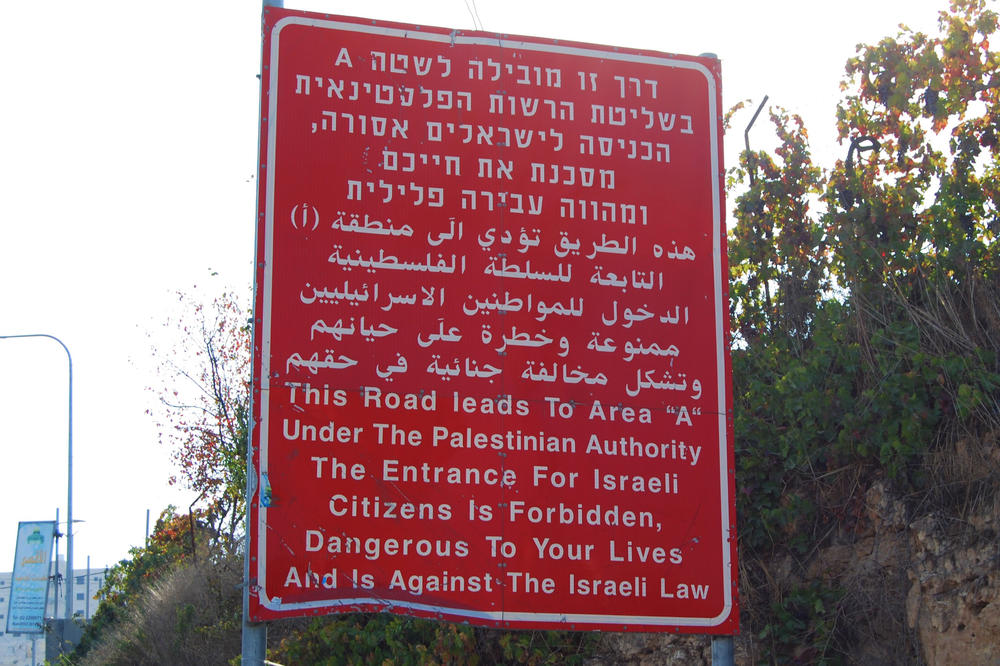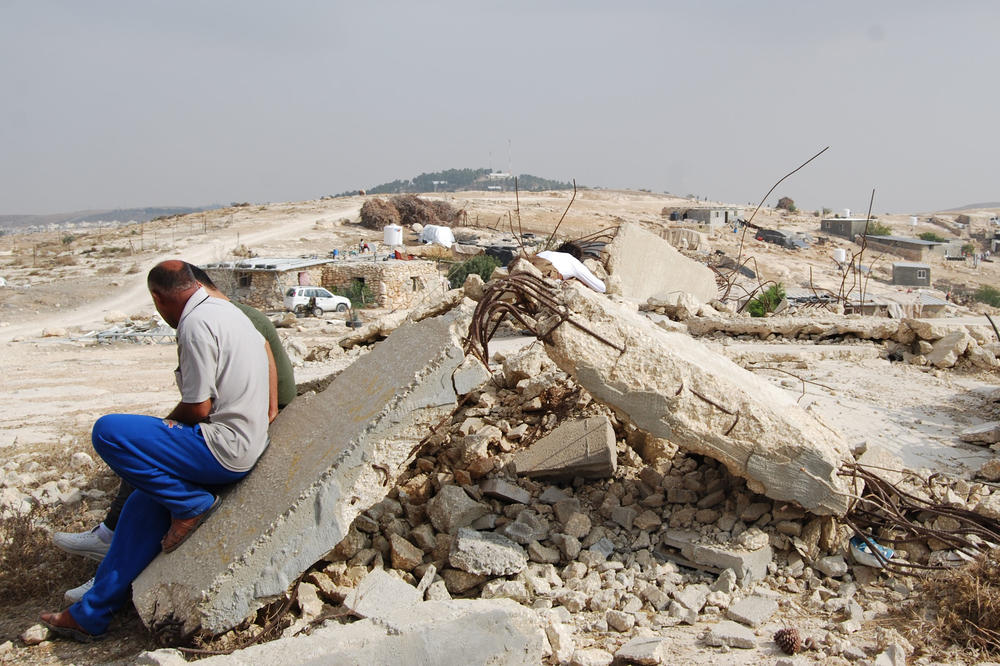Between the Lines
Julian Jestadt wrote from Jerusalem: Recently he was in the West Bank for the second time.
Jan 17, 2020
The picture shows Julian Jestadt in the botanical garden in Jerusalem. Founded in 1931, it is located on the campus of the Hebrew University.
Image Credit: Private collection
Two angry groups of people face each other screaming and gesturing wildly on the slope of Hill 833 south of Hebron. From a distance I can see a young man lying on the ground, bleeding, and with bite marks on his upper left arm. As I slowly approach the scene, walking through the olive trees in the stony valley, several vehicles of the Israel Defense Forces pull up. One of the Israeli peace activists whom I am accompanying through the West Bank today warns me, “If stones start flying, ease your way backward to get out of their way!”
At Hill 833: A settler faces a group of Palestinians. He never lets go of the pistol he has in his right pocket. Some Palestinians are filming in order to protect themselves. Israel Defense Forces are trying to mediate.
Image Credit: Private collection
Three zones in the West Bank: Zone C is under Israeli administration. Zone B is managed by both Israelis and Palestinians. Zone A is under Palestinian control. Israelis are prohibited from entering there.
Image Credit: Private collection
On my second foray into the West Bank, I got caught up in a conflict between Palestinians and Jewish settlers. What inevitably remains exciting “conflict tourism” for me, is sad everyday life for the residents of the West Bank – 2.6 million Palestinians and 700,000 Jewish settlers. Sometimes Palestinians throw stones, sometimes settlers destroy Palestinian olive trees. A cycle of provocations, violence, and general condemnations with sometimes more, sometimes fewer bloody excesses.
Two men are sitting on the ruins of their village’s mosque. Israel Defense Forces destroyed it because Palestinians built it without a building permit. They couldn’t get a permit because the area was declared a military zone.
Image Credit: Private collection
In 1967 in the Six Day War, Israel took control of the West Bank, which by international law is considered to be occupied. Since then, Israeli settlers have been lured to the West Bank by cheap land, government subsidies, and a religiously motivated desire to repopulate the biblical Eretz Israel. There are now more than 250 settlements, which make a two-state solution seem increasingly unlikely.
That leads to situations like the one described above. Jewish settlers bathe in a water tank belonging to Palestinians. The situation escalates: shouting insults, name calling, a settler’s dog bites a Palestinian. The situation only eased after the military established a restricted zone.
While the majority of the settlements are considered to violate international law, the Trump administration made a U-turn in November 2019. U.S. Secretary of State Mike Pompeo stated that the settlements are “not per se incompatible with international law.” This reassessment could further exacerbate the situation.
Further Information
Julian Jestadt is sending us “Letters from Jerusalem” this semester. He is one of eleven students from Freie Universität reporting on their study abroad experiences. All of the letters are here.
Julian Jestadt’s other letters are here.
Here you can find the original German versions of his letters.




